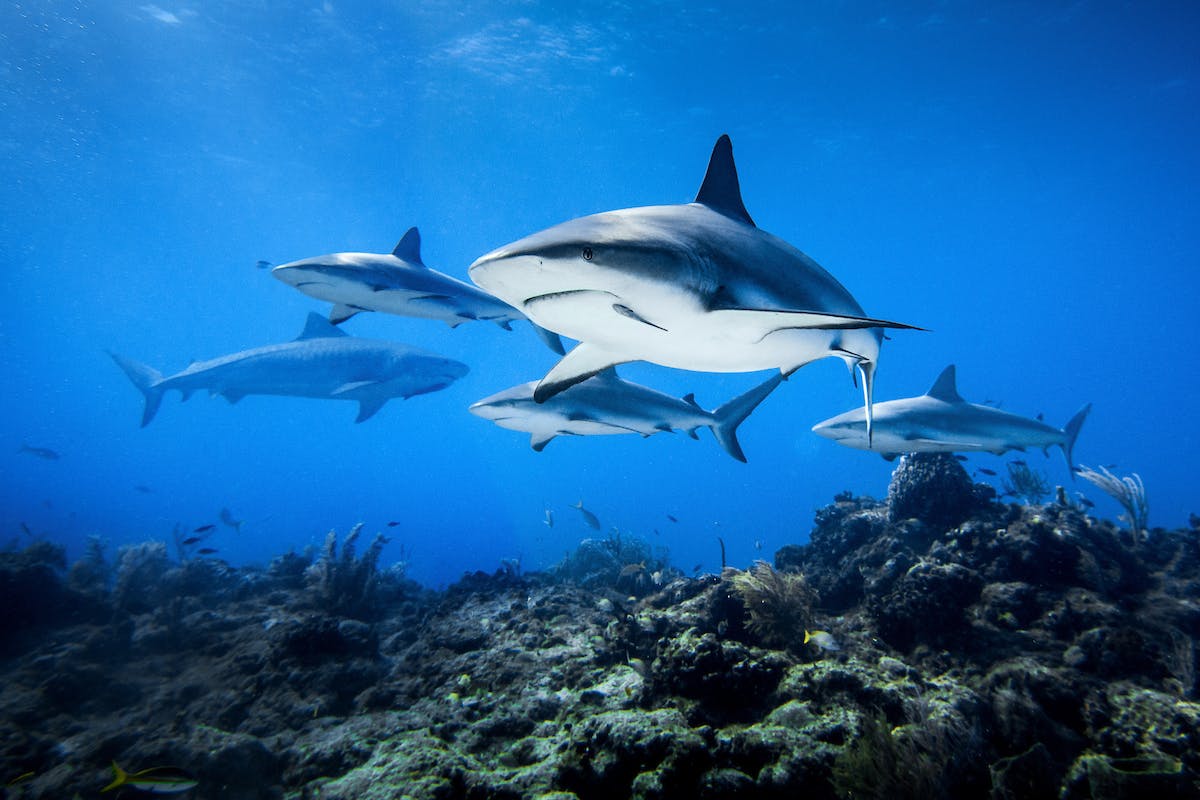Authored by Colin Simpfendorfer, Professor in the College of Science and Engineering at James Cook University, Australia
It is a startling statistic that, as of 2018, there were 38 MPAs around the world specifically designated for the protection of sharks and rays, covering some 21 million km2 which is around 6% of the ocean’s surface.
These spatially protected zones aimed at conserving sharks have doubled in area since just 2016 and mark a major success in the recognition of the need to urgently protect these increasingly threatened animals.
But the rapid growth in these shark and ray MPAs over the past decade begs two questions. How do we assess if they are working? And how can they be improved?
To help answer that first question, the team at James Cook University (JCU) together with our partners at the Australian Institute of Marine Science, the University of Queensland and Simon Fraser University, produced the most comprehensive global analysis to date of the effectiveness of shark-focused MPAs, with the support of the Shark Conservation Fund.
The main conclusion this research reached was that MPAs, especially the larger ones, are overall considered a positive step for conservation of some species, however there is room for major improvement in the design, implementation and maintenance of these areas to maximise their benefits.
In particular, our research made clear that the lack of data and still relatively poor understanding of many species, including their habitats and movement patterns, make designing effective MPAs for sharks and rays very challenging.
In addition, and perhaps most importantly, successful shark and ray MPA design also requires thorough understanding of the socio-economic context including capacity for enforcement, level of resource dependence and alternative livelihood options.
It is clear that the ecological effectiveness of MPAs is strongly linked to a high level of community participation. If people see that the closing off of large areas is going to bring their communities benefit i.e. in terms of increased eco-tourism, or food security, they are more likely to support and contribute to successful enforcement. Ensuring there is strong local support and engagement, and alternative sources of income for fisher groups if needed, is a key factor in success.
The outcomes of our research have enabled us to take a major step towards answering the second question – how do we make shark and ray MPAs the most effective they can be at protecting these species, and also benefitting the communities living alongside them. Our research has contributed significantly to the first ever guide for MPA practitioners, A Practical Guide to the Effective Design and Management of MPAs for Sharks and Rays, produced by WWF and the Centre for Sustainable Tropical Fisheries & Aquaculture (CSTFA) at JCU and launched this week.
The guide provides science-based advice on developing and maintaining MPAs for sharks and rays. It can be retrofitted to existing MPAs and used in the establishment of new ones, by outlining how to ensure the areas are well designed, implemented, managed and enforced for the long term. It builds on the JCU work by including the most up-to-the-minute review of known information on the movement of sharks.
There are sections on how best to involve local stakeholders in spatial conservation for sharks, and on monitoring and evaluation, alongside more shark-specific matters such as accounting for shark movement patterns, protecting critical habitats and reducing fishing-related mortality.
Besides fisheries managers, the MPA guide is aimed at authorities responsible for marine habitat and species protection, Regional Fishery Management Organisations, NGOs and other MPA practitioners working to conserve sharks and rays, as well as marine tourism operators.
To be effective, MPAs for sharks and rays need clear goals, objectives and conservation targets, while incorporating scientific knowledge on shark movement patterns, ecology and habitat use alongside socioeconomic and cultural considerations. This guide is the first of its kind to help support this key strand of shark and ray protection.
The handbook also links to two companion guides, the Rapid Assessment Toolkit for Sharks and Rays and Responsible Shark and Ray Tourism, A Guide to Best Practice, all with the same aim: to enable smarter decision-making in the urgent quest to protect these vulnerable species globally and also enable local people to see the benefit of doing so.



